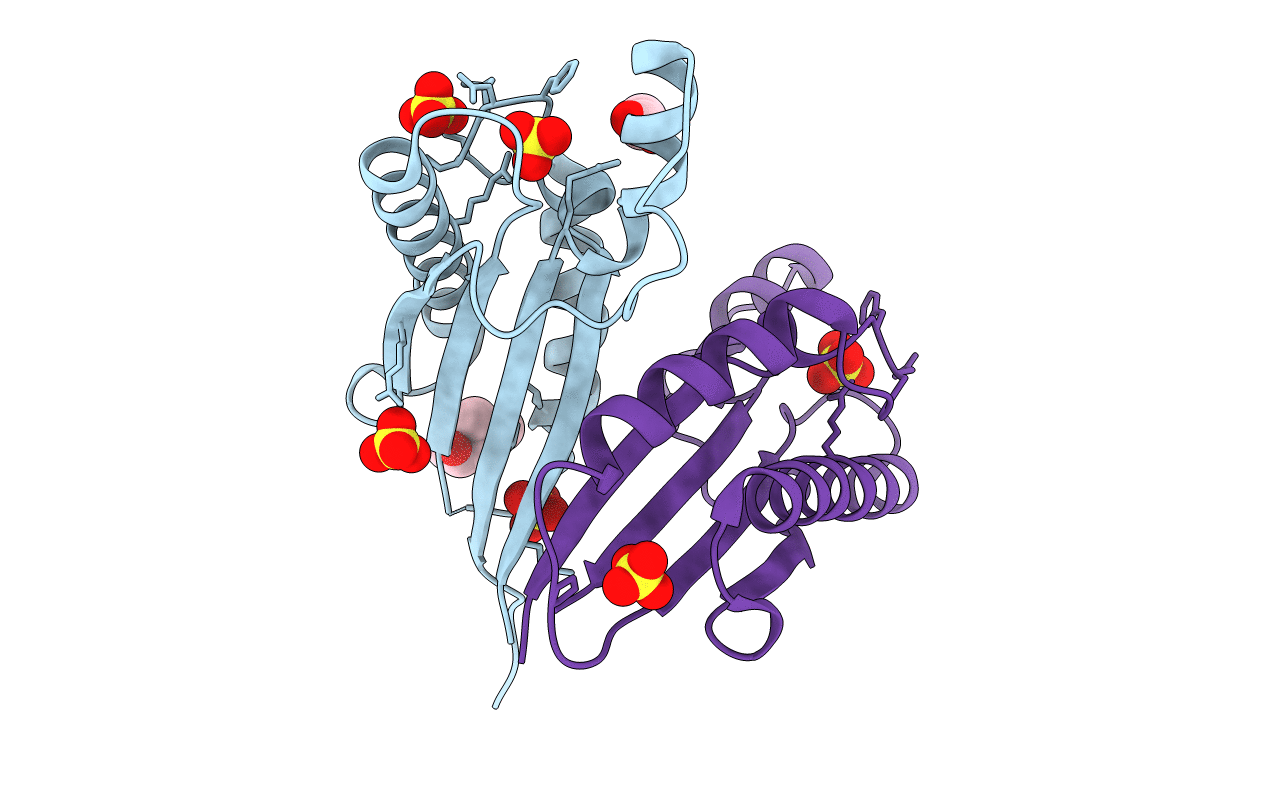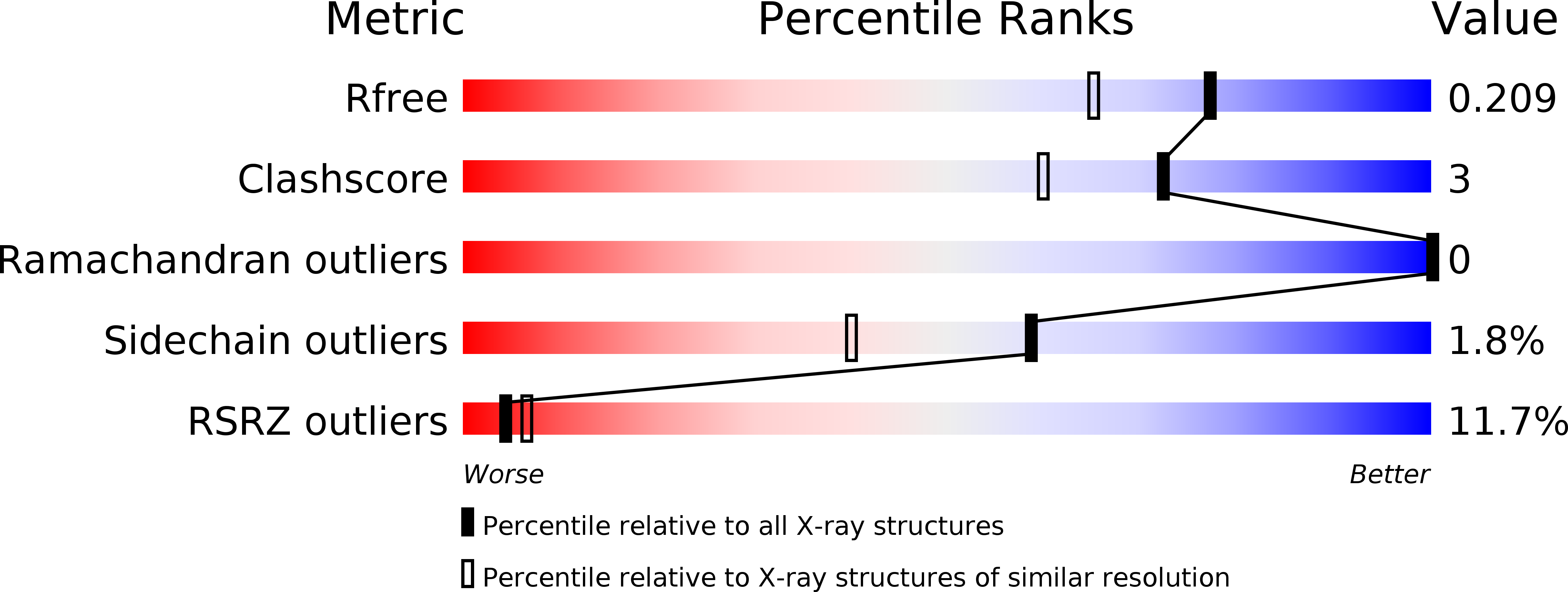
Deposition Date
2014-10-01
Release Date
2014-10-29
Last Version Date
2024-11-20
Entry Detail
PDB ID:
4RHA
Keywords:
Title:
Structure of the C-terminal domain of outer-membrane protein OmpA from Salmonella enterica subsp. enterica serovar Typhimurium str. 14028S
Biological Source:
Source Organism:
Host Organism:
Method Details:
Experimental Method:
Resolution:
1.75 Å
R-Value Free:
0.19
R-Value Work:
0.16
R-Value Observed:
0.16
Space Group:
P 32


